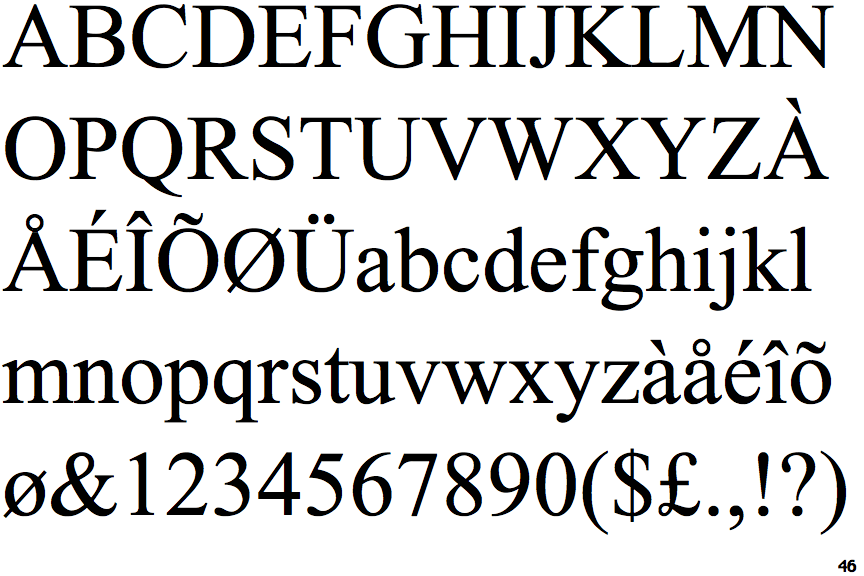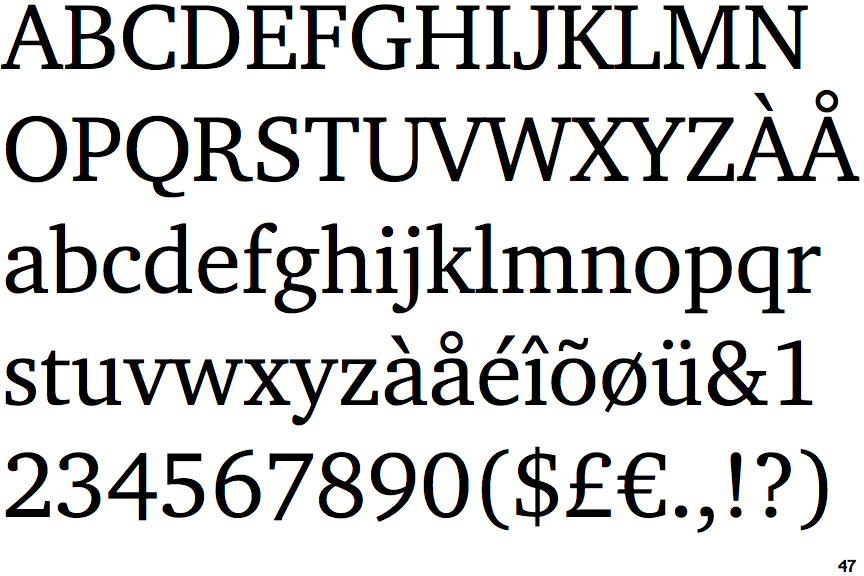Differences
Times New Roman
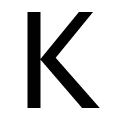 |
The diagonal strokes of the upper-case 'K' meet at the vertical (with or without a gap).
|
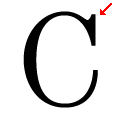 |
The top stroke of the upper-case 'C' has a vertical or angled upward-pointing serif.
|
 |
The top of the lower-case 'q' has a vertical or slightly angled spur (pointed or flat).
|
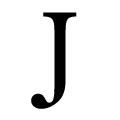 |
The tail of the upper-case 'J' has a rounded end or ball.
|
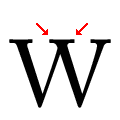 |
The centre vertex of the upper-case 'W' has two separate serifs.
|
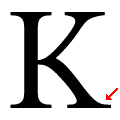 |
The leg of the upper-case 'K' has two serifs.
|
 |
The upper-case 'C' is asymmetrical about a horizontal axis.
|
 |
The centre vertex of the lower-case 'w' has distinct centre serifs.
|
 |
The leg of the lower-case 'k' has two lower serifs.
|
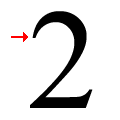 |
The top stroke of the '2' has a point or cusp.
|
There are more than ten differences; only the first ten are shown.
Note that the fonts in the icons shown above represent general examples, not necessarily the two fonts chosen for comparison.
Show ExamplesITC Charter
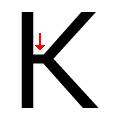 |
The diagonal strokes of the upper-case 'K' connect to the vertical via a horizontal bar.
|
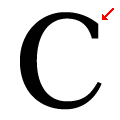 |
The top stroke of the upper-case 'C' has no upward-pointing serif.
|
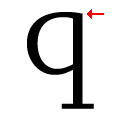 |
The top of the lower-case 'q' has no spur or serif.
|
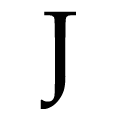 |
The tail of the upper-case 'J' has a flat end or cusp.
|
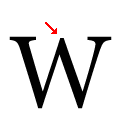 |
The centre vertex of the upper-case 'W' has no serifs.
|
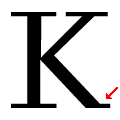 |
The leg of the upper-case 'K' has a single right-pointing serif or foot.
|
 |
The upper-case 'C' is symmetrical about a horizontal axis.
|
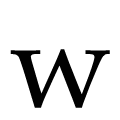 |
The centre vertex of the lower-case 'w' has no centre serifs.
|
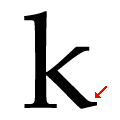 |
The leg of the lower-case 'k' has single right-pointing lower serif or foot.
|
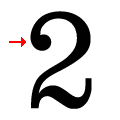 |
The top stroke of the '2' has a ball.
|
